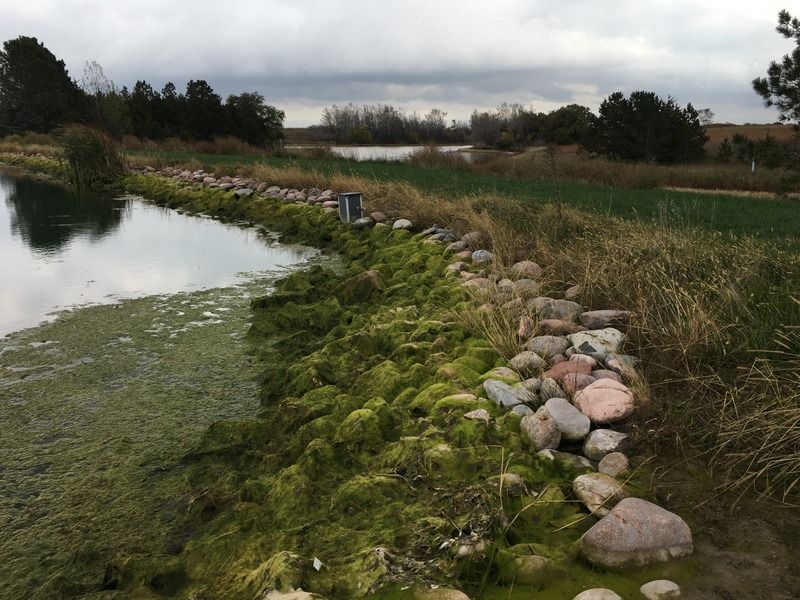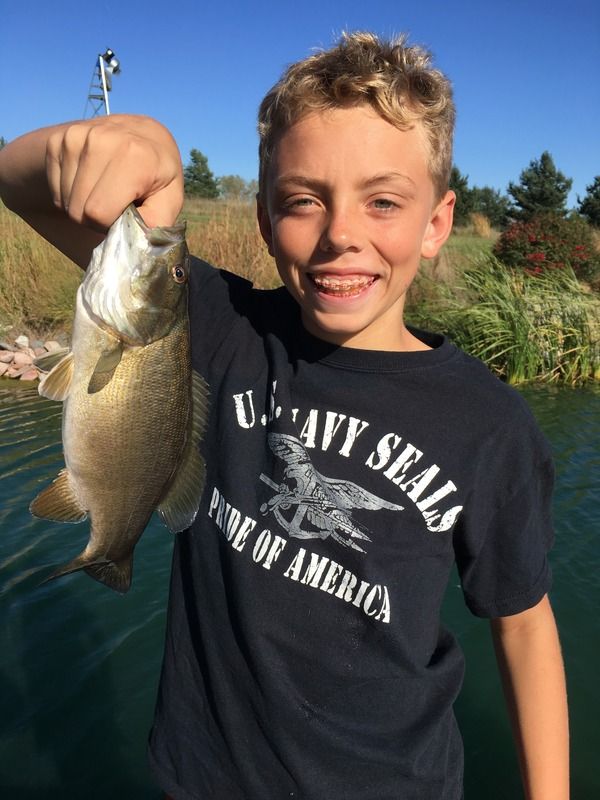Lowering water level to control recruitment and FA - 10/19/16 02:11 PM
When my pond was redone, I had an Agri-Drain water control structure put in so I have the ability to lower my water level about 3 ft, or probably about 25% of volume within a few days. I also have the ability to refill with well water fairly quickly. My pond is stocked with RES, SMB and FHM. My objectives presently are oriented toward raising trophy redears. At this time I plan to lower my pond twice a year in an attempt to help me achieve those objectives and I wanted thoughts from Pond Boss.
Spring: Lower the water level when water hits approximately 70-72 degrees for 2 weeks. RES begin to spawn at 68-75 degrees. I'm thinking lowering the water at this time may disrupt the spawn and make it less successful, decreasing recruitment of young RES. Also, a secondary benefit may be that it may help control the amount of Filamentous Algae that grows in the pond at this time of year.
Fall: I have lowered my pond presently, again for a couple reasons. This seems to have put most of my vegetation on the banks and forced the young of the year RES into open water to be more readily predated by larger fish. I'm also hoping the rotting and decaying Filamentous Algae will die on shore rather than in the water and use up dissolved oxygen.
Maybe I'm overthinking this whole thing, but as a bit of a biology nerd I wanted to play around and see what type of response I would get from the pond when doing such. I don't wanna lower the pond in warmer temps as I don't want to play around too much when the DO levels aren't as high.
Another project I'm working on is adding on an elbow and an extension to the pond side of my Agri Drain water control structure. I could set the extension in the bottom of my pond so that the water being released would actually be the anoxic water being pushed up from the bottom.
Any thoughts on this would be appreciated.

Spring: Lower the water level when water hits approximately 70-72 degrees for 2 weeks. RES begin to spawn at 68-75 degrees. I'm thinking lowering the water at this time may disrupt the spawn and make it less successful, decreasing recruitment of young RES. Also, a secondary benefit may be that it may help control the amount of Filamentous Algae that grows in the pond at this time of year.
Fall: I have lowered my pond presently, again for a couple reasons. This seems to have put most of my vegetation on the banks and forced the young of the year RES into open water to be more readily predated by larger fish. I'm also hoping the rotting and decaying Filamentous Algae will die on shore rather than in the water and use up dissolved oxygen.
Maybe I'm overthinking this whole thing, but as a bit of a biology nerd I wanted to play around and see what type of response I would get from the pond when doing such. I don't wanna lower the pond in warmer temps as I don't want to play around too much when the DO levels aren't as high.
Another project I'm working on is adding on an elbow and an extension to the pond side of my Agri Drain water control structure. I could set the extension in the bottom of my pond so that the water being released would actually be the anoxic water being pushed up from the bottom.
Any thoughts on this would be appreciated.

